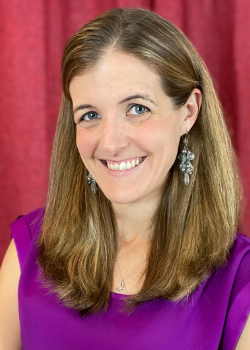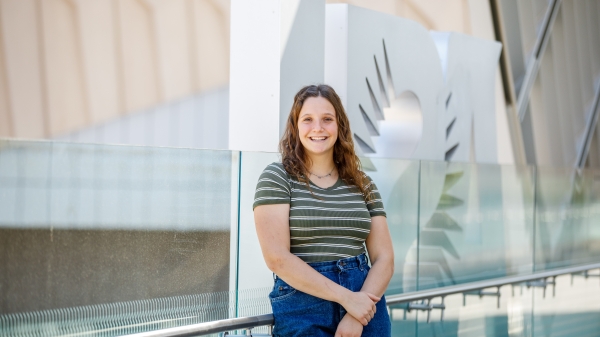3 tips to keep more of your money
A financial education manager offers strategies for new graduates to meet their money goals

Editor's note: This story originally appeared in the summer 2021 issue of ASU Thrive magazine.
Post-college life can feel drastically different than campus life, especially when it comes to money. You’re suddenly earning more, but also spending more. Financial education manager and ASU alum Emily Schwartz suggests you make sure you have these three tools in your financial toolkit to help move you closer toward your money goals:
1. A solid budget
A budget is not just a spreadsheet with expense categories. A budget is a plan to align your priorities with your spending.
What’s important to you? What are your large and small spending and saving priorities?
If you haven’t done so already, now is the time to start carefully observing and tracking your expenses so you know exactly where every dollar goes.
Then, instead of trying to spend less, you can make specific and informed decisions about your spending to support your priorities. Am I saving enough? Do I have enough money to take a vacation or sign up for that fitness membership? Should I be spending less at the grocery store or on clothing? These are questions that are tough to answer unless you have the bird’s-eye view that a budget provides.

Emily Schwartz
2. A debt inventory
As you’re working on observing your spending, it’s also important to do an inventory of your debt. Did you accumulate student loans or credit card debt in college?
Create a spreadsheet of any debts you owe, including the total amounts, interest rates and minimum payments. You can then use this information to develop a payoff plan that makes sense for you. Are you making only the minimum payments?
Can you afford to pay more and accelerate the repayment schedule?
A debt inventory helps inform those decisions.
3. Your job’s retirement plan
Even though retirement seems far away, now is the time to start thinking about your retirement savings. Does your job have a retirement plan? Learn about it and ask questions if you don’t understand.
Does your company match your retirement contributions?
If so, make sure you’re taking advantage of the full match. If your job doesn’t have a retirement plan, research individual options like IRAs.
Finally, remember that money management is a lifelong journey. There may be bumps. There may be stumbling blocks you can’t predict. The important thing is to have good habits in place early on so you are as equipped and informed as possible to navigate whatever you encounter on your financial path.
Emily Schwartz, ’10 MM, ’14 PhD is the assistant vice president at MidFirst Bank and a financial education manager. She leads the Making Smart Money Moves series of webinars and workshops to help people of all ages create a thriving financial future.
More Sun Devil community

ASU innovation in society graduate aims to ensure that the future is for everyone
Editor’s note: This story is part of a series of profiles of notable spring 2024 graduates. For Idaho native Ava Steckel, having diverse passions is a strength. So when she attended Arizona State…

ASU sustainable food systems grad is a leader in food advocacy
Editor’s note: This story is part of a series of profiles of notable spring 2024 graduates. From communications and research to policy frontline, Elizabeth Reilly is working toward contributing to a…

Data science grad plans to bring passion and expertise back to Minneapolis
Editor’s note: This story is part of a series of profiles of notable spring 2024 graduates. Bloomington, Minnesota, native Katelynn Brandwick is graduating summa cum laude from Barrett, The Honors…